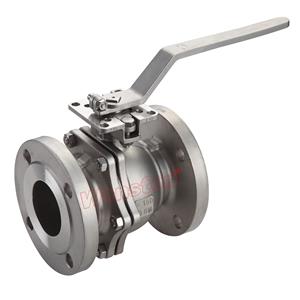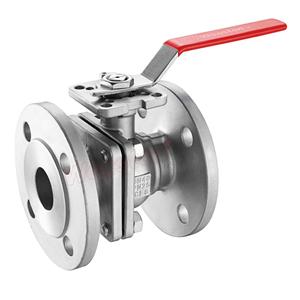What are the common flange types?
The main types of flange are welding neck, long welding neck, lap joint, threaded and blind flange, slip sleeve, socket welding. In addition to these standard flanges, there are also some special flange, rotary flange, expansion / reducer flange and hole flange.
1、 Standard flange
The type of flange used in pipe applications depends primarily on the strength required for the flange joint, and the use of flange or welded connections simplifies operation and maintenance (flange connections can be removed quickly and easily).
2、 Welding flange
The welding flange adopts long conical hub, which can be welded with pipe. This type of flange is usually used for high pressure and high temperature / low temperature applications. These applications require unrestricted flow of the fluid conveyed by the piping system (the flange holes match the pipe holes), no pressure drop can prevent negative effects, and the metal near the flange joint will produce turbulence and corrosion. The tapered hub provides a smooth distribution of mechanical stress between the pipe and the weld neck flange and facilitates radiographic examination to detect possible leaks and weld defects. The size of flange shall be consistent with that of connecting pipe.
3、 Long neck flange
The long neck flange is similar to the neck flange, but the neck extends and acts as a boring extension. Long neck flanges are usually used for vessels, columns or drums, and these flange types can also be used for heavy duty drums and the same barrel type.
4、 Sliding flange
The sliding flange is connected to the pipe or fitting by two fillet welds, one inside and one outside the flange cavity. The hole size of the sliding flange is larger than the outer diameter of the connecting pipe because the pipe must slide in the flange to be joined by fillet welding. Sliding flange is also defined as "hub flange". Because of its thin and compact shape, it is easy to identify. In the long run, flange connections formed by sliding flanges are more fragile than welded flange connections (under similar conditions). The welding flange has a tapered wheel which is not present in the sleeve welding flange. Mechanical stress welded joints between pipe and flange can be more evenly distributed, requiring only one welding area instead of two (socket welding flange). Another advantage of weld neck flanges is that they can be connected to pipes and fittings, while socket welded flanges are only suitable for pipes.
5、 Threaded flange
Threaded flanges connect to the pipe by screwing pipe threads to the flange without seam welding. Threaded flanges have a maximum size of 4 inches and have various pressure ratings, but they are mainly used for small pipes in low pressure and low temperature applications, such as water and air services.
6、 Blind flange
The blind flange has no center hole, it can seal the pipe valve and prevent the flow of fluid. Due to the system pressure and the required bolt connection force, the blind flange must bear a large mechanical stress. The blind flange can be easily installed in the pipeline, easy to remove, and can be installed or maintained at the end of the pipe by the construction personnel (that is why the blind flange is used as a pressure vessel inspection.




